Market Share
Polyhydroxyalkanoate Market Share Analysis
Market share positioning strategies in the Polyhydroxyalkanoate (PHA) market are crucial for companies aiming to carve out a significant portion of this burgeoning industry. PHA, a biodegradable polymer, has gained attention due to its eco-friendly properties, leading to increased demand across various sectors. To effectively position themselves in this market, companies employ several strategies. One prominent approach is differentiation, where companies focus on unique features or applications of their PHA products. By emphasizing factors like enhanced biodegradability, superior performance, or specific end-use applications such as packaging or biomedical applications, companies can distinguish themselves from competitors. Moreover, companies often leverage their research and development capabilities to innovate and create PHA variants tailored to specific customer needs, further strengthening their market position.
Production of bio-based products which are compatible to the environment and help to attain sustainable development.
Another key strategy is cost leadership, wherein companies strive to offer PHA products at competitive prices without compromising on quality. Achieving economies of scale through efficient production processes, optimizing supply chains, and investing in technological advancements are common tactics employed to lower production costs. By offering cost-effective PHA solutions, companies can attract price-sensitive customers and gain market share, particularly in price-driven segments. Additionally, establishing strategic partnerships with suppliers and distributors can help streamline operations and reduce costs, enabling companies to maintain a competitive edge in the market.
Furthermore, market segmentation plays a crucial role in market share positioning strategies within the PHA industry. Companies identify distinct customer segments based on factors such as geographical location, industry verticals, or specific application requirements. By understanding the unique needs and preferences of each segment, companies can tailor their marketing efforts, product offerings, and pricing strategies to effectively target and capture market share in niche segments. For instance, targeting industries with stringent environmental regulations or consumer preferences for sustainable products can be a viable strategy to gain traction in the PHA market.
In addition to segmentation, geographic expansion is another pivotal strategy for companies vying for market share in the PHA market. As the demand for eco-friendly alternatives grows globally, companies seek to expand their presence into new regions and untapped markets. This expansion may involve establishing subsidiaries, forming alliances with local partners, or entering into distribution agreements to penetrate foreign markets. By catering to diverse geographical markets, companies can mitigate risks associated with market concentration and capitalize on emerging opportunities, thereby enhancing their overall market share.
Moreover, branding and marketing initiatives play a crucial role in shaping market share positioning strategies in the PHA market. Building a strong brand identity that resonates with customers and communicates the value proposition of PHA products is essential for attracting and retaining customers. Companies invest in marketing campaigns, product showcases, and educational initiatives to raise awareness about the benefits of PHA and differentiate their offerings from traditional plastics or alternative biopolymers. Additionally, engaging with stakeholders, including policymakers, environmental organizations, and consumers, can help garner support and influence regulatory frameworks favorably, further strengthening companies' market position.

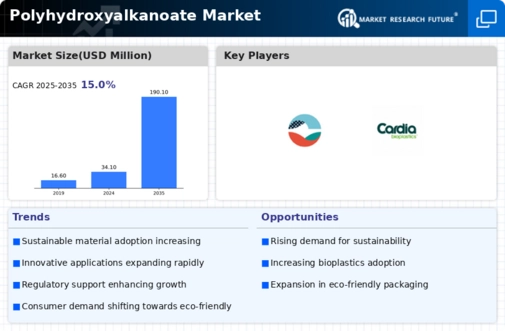
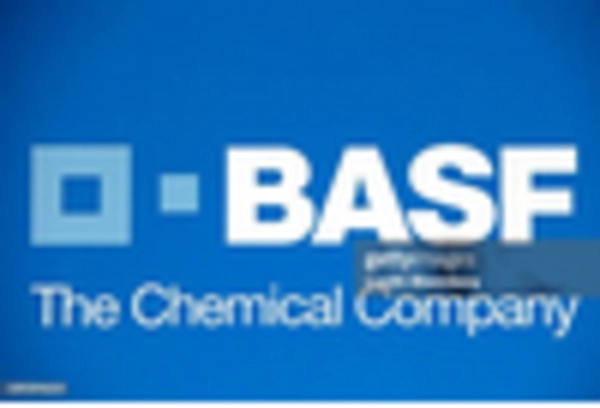
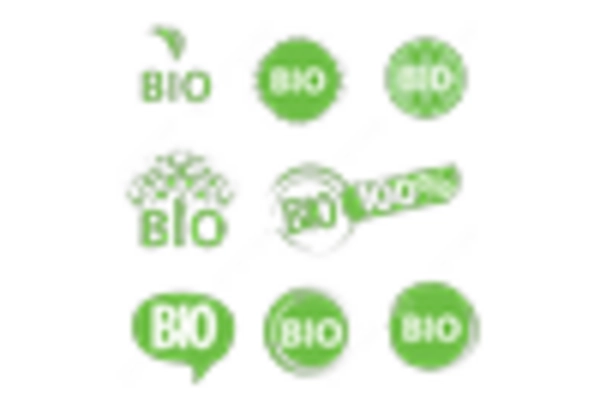
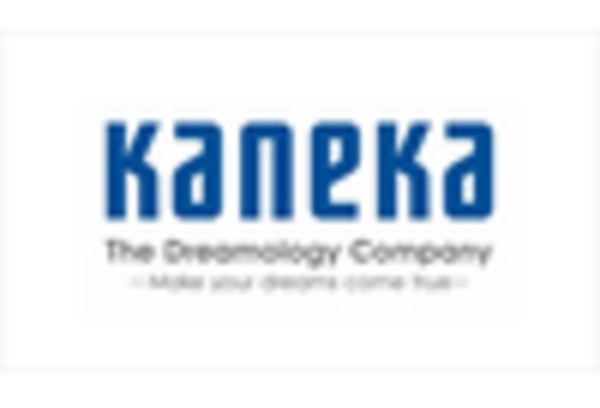

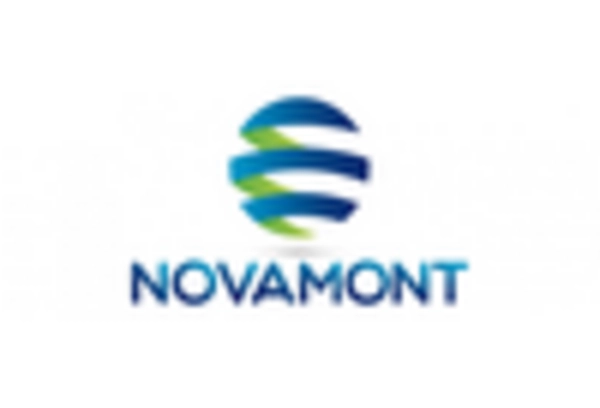
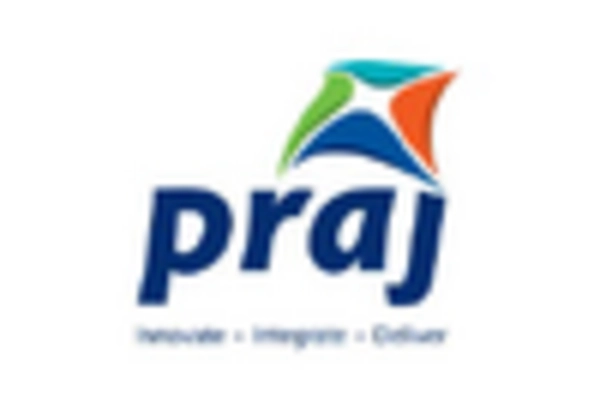









Leave a Comment